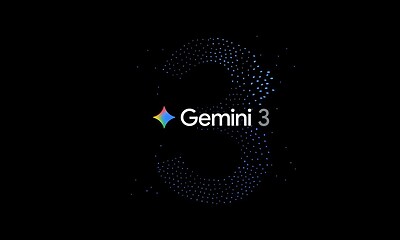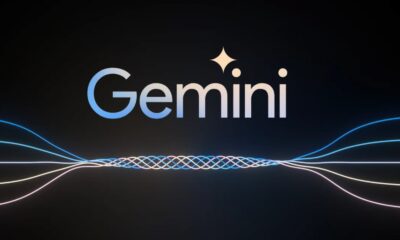Google denies Gmail AI training claims
If Gmail were actually training AI on private emails and attachments, it would raise massive red flags around privacy, consent, and data security.

Just a heads up, if you buy something through our links, we may get a small share of the sale. It’s one of the ways we keep the lights on here. Click here for more.
For a brief moment, the internet thought Gmail had quietly decided to slurp up everyone’s emails and feed them directly into its AI like some kind of digital vacuum cleaner.
The panic started after X user @eevblog posted screenshots claiming Google had automatically opted users into letting Gmail access their messages and attachments. (Via: Digital Trends)
Naturally, everyone did what they do best: spiraled.
Google, however, came sprinting in with a virtual fire extinguisher. Gmail quickly issued a public denial, saying it has not changed anyone’s settings or secretly opted users into anything.
According to the company, your emails are not being used to train its Gemini AI model, despite what Twitter threads and doom-scroll TikToks might suggest.
Gmail also clarified that its existing Smart Features, the tools that help you track packages, auto-create calendar events, or suggest replies like “Sounds good!,” have been around for years.
These features do use content and activity from Gmail, Chat, and Meet, but Google insists that this data is not sent to Gemini for training.
Why all the drama? Because if Gmail were actually training AI on private emails and attachments, it would raise massive red flags around privacy, consent, and data security.
We’re talking about one of the most widely used communication tools on Earth, handling everything from love letters to legal documents.
Even the suggestion of misuse is enough to make people clutch their inboxes like a diary under threat.
Part of the confusion comes from Google’s labyrinth of settings pages, where toggles for “Smart Features,” “Personalization,” and “Helpful Stuff™” live in a maze that feels like an escape room architect designed it.
For the average user, it’s not always clear what each setting actually does, which is why this rumor caught fire so quickly.
Still, Google’s statement seems to have calmed things down, at least for now.
The company says users have full control and that no new settings have been secretly enabled. But if mistrust were calories, this whole situation would be a buffet.
Looking ahead, Google will likely face pressure to simplify and clearly explain how data is used, especially with AI involved.
Regulators and privacy advocates aren’t exactly known for giving tech giants the benefit of the doubt.
And everyday users? This might be your cue to finally dive into those settings menus you’ve been ignoring since 2017.



























